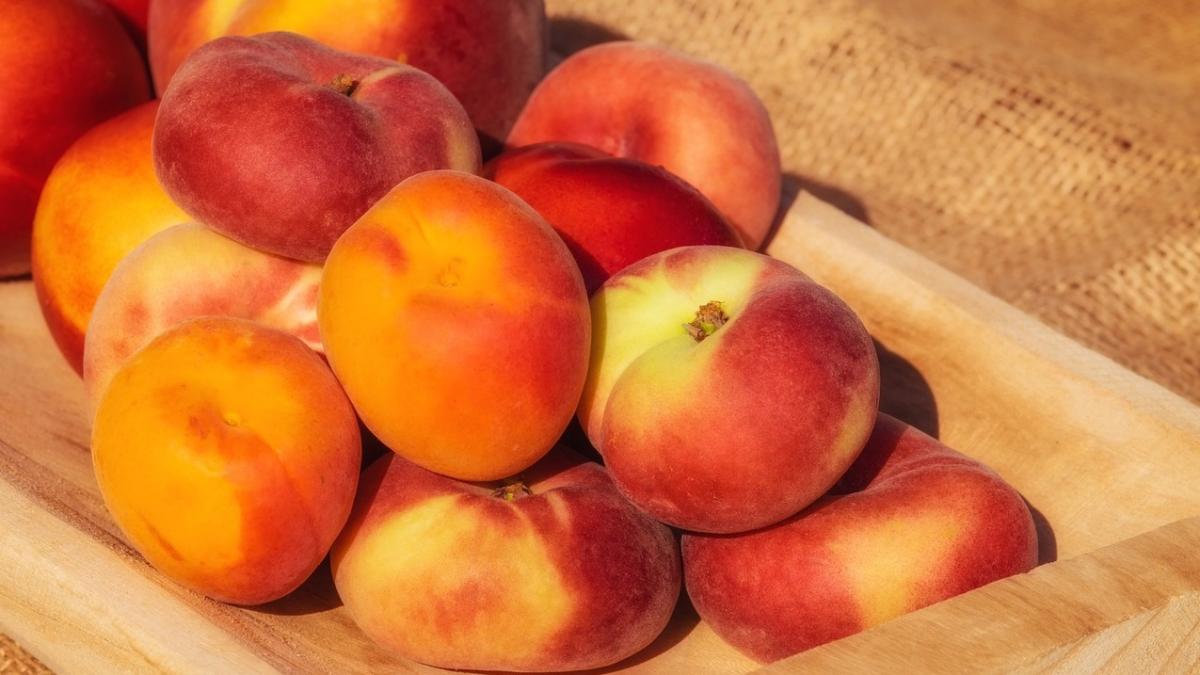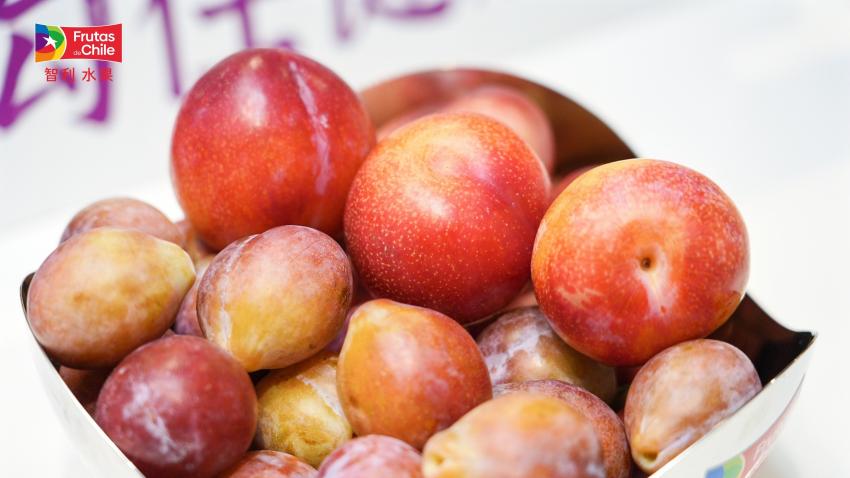You are here
Back to topChile Aims To Expand Fruit Export Portfolio and Streamline Logistics

According to the Chilean Fruit Exporters Association (ASOEX), China cemented its position as the main destination for Chilean fruit shipments in the 2022/23 season, accounting for 34% of total fruit exports from Chile. Earlier this month, ASOEX and Chile’s Agricultural and Livestock Service (SAG) held a series of meetings with China’s General Administration of Customs to discuss the opening of the Chinese market to new Chilean fruits and the implementation of enhanced logistical procedures.
Andrea Collao, national director of the SAG, hailed the visit as highly productive, noting that Chile is now only a few steps away from securing China market access for all peaches and apricots, which is expected to be finalized in July 2024. According to Collao, China was the driver of Chile’s stone fruit exports during the 2022/23 campaign, particularly white-fleshed nectarines and D’Agen plums, 99% of which went to China.
Data from ASOEX show that Chile shipped 242,000 metric tons of stone fruit globally in the 2022/23 season, down 11% from the previous season. The drop in export volumes is ascribed to a decline in Chilean production of Japanese plums due to a shrinking planted area alongside weather challenges such as frosts and rains, as well as logistical issues encountered by nectarine exporters the previous season, which resulted in a higher proportion of nectarines remaining in the domestic market this year. Despite the contraction in export volumes, the 2022/23 export value increased by 19% to $409 million, which was primarily attributable to better market prices for stone fruit.
The Chilean stone fruit sector has also made full use of the Cherry Express service, a logistical solution designed by Chile’s cherry industry that allows fruit to be delivered to China by sea in only 23 days. The opportunity to utilize the Cherry Express vessels for fast and economical shipping to China prompted stone fruit producers to prioritize this market, which explains the large volumes sent to China.
At the same time, some logistical operations have yet to be streamlined. During the visit of the Chilean delegation to China, electronic export certification was widely discussed. The Chilean side highlighted that electronic certification reduces the need for paper certificates, minimizes the loss of documents and their reissuance due to changes in ports or importers, and ensures greater security by lowering the risk of counterfeit documents. In the 2021/22 season, Chile handled 53% of its global fruit shipments using electronic certification, with the United States, Canada and the Middle East accepting 100% of fruit with electronically transmitted data. Asia accounted for only 13% of Chile’s total fruit shipments featuring electronic data exchange.
Another agreement was reached with Shanghai Customs on modified port entry procedures for Chilean fruit undergoing cold treatment. After the pilot project in Shanghai is completed, the same approach will be implemented in other Chinese ports.
Image: Pixabay
This article was based on a Chinese article. Read the original article.














Add new comment